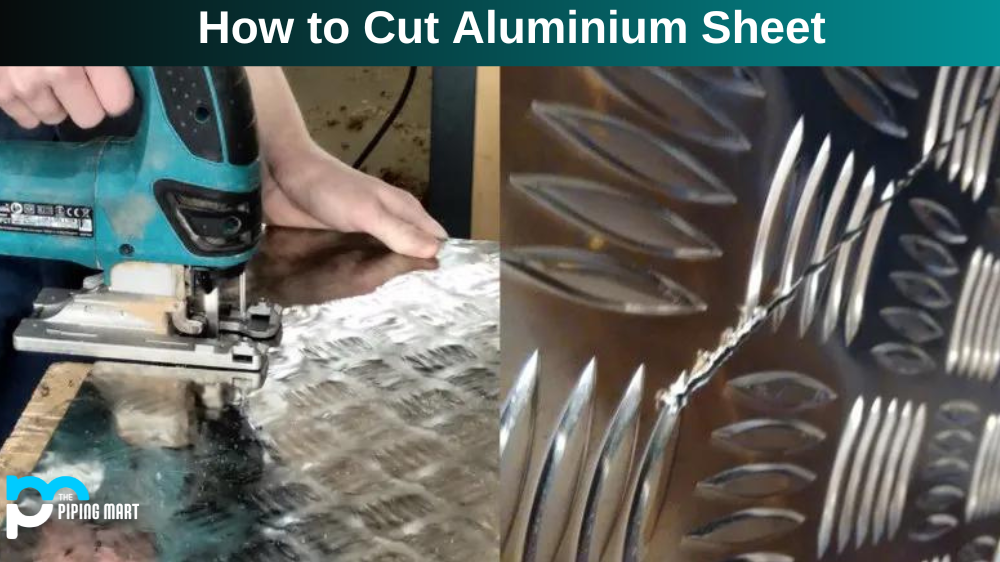Steel is one of the most common materials used in construction, manufacturing, and other industrial applications because of its strength and durability. However, not all steel materials are created equal, and choosing the right one for a specific project can be challenging. This blog post will compare two widely used steel grades: 1010 and A36. We’ll explain their differences, properties, and uses to help you make an informed decision.
What is 1010 Steel?
1010 steel is a low-carbon, plain steel alloy often used in the automotive industry to make car parts such as door handles, hinges, and panels. This steel alloy is also used for various applications, including manufacturing appliances, furniture, and industrial machinery. One of its most notable features is its weldability. 1010 steel can be welded to other metals without forming undesirable brittle phases.
What is A36 steel?
A36 steel is a carbon steel alloy often used in construction, manufacturing, and other industrial applications. It contains up to 0.29% carbon and other essential elements such as copper, manganese, and phosphorus. A36 steel’s main characteristic is its excellent weldability, making it suitable for various applications. Additionally, A36 steel is versatile and has good mechanical properties such as high tensile strength, ductility, toughness, and hardness.
Differences between 1010 and A36 steel
The most apparent difference between 1010 and A36 steel is their carbon content. 1010 steel contains 0.1 – 0.12% carbon, while A36 steel contains up to 0.29%. Another significant difference is the presence of copper in A36 steel, which enhances its corrosion resistance. Additionally, A36 steel is more robust than 1010 steel, making it suitable for industrial and construction applications where strength is crucial.
Properties of 1010 and A36 steel
Although 1010 and A36 steel have low carbon contents, each has unique properties. 1010 steel boasts excellent weldability and is relatively soft compared to A36 steel. On the other hand, A36 steel is more robust, more challenging and wear-resistant than 1010 steel, making it a better choice for heavy-duty construction and manufacturing applications.
Chemical Composition
One of the most important differences between 1010 and A36 steel is the chemical composition. 1010 steel comprises carbon, manganese, sulfur, phosphorus, and silicon, while A36 steel includes carbon, manganese, sulfur, phosphorus, silicon, copper, chromium, and nickel.
Yield Strength
Another critical difference between 1010 and A36 steel is the yield strength. Yield strength measures the stress a material can withstand before it begins to deform.1010 steel yields 30 ksi (210 MPa), while A36 steel yields 36 ksi (250 MPa).
Tensile Strength
The tensile strengths of 1010 and A36 steel are also different. The tensile strength measures the stress a material can withstand before it breaks. 1010 steel has a tensile strength of 55 ksi (380 MPa), while A36 steel has a tensile strength of 58-80 ksi (400-550 MPa).
Ductility
Ductility is another essential property to consider when comparing 1010 and A36 steel. Ductility measures a material’s ability to deform under tension without breaking. 1010 steel is more ductile than A36 steel, with a higher elongation at break (20% vs 18%). This means 1010 steel can be stretched more before breaking than A36 steel.
Formability
Formability is another crucial difference between 1010 and A36 steel. Formability refers to a material’s ability to be deformed without breaking. 1010 steel is more formable than A36 steel, with lower yield strength and higher ductility. This means that 1010 steel can be bent or shaped without breaking.
Cost
The cost of 1010 and A36 steel also differ due to their different compositions. The price of 1010 steel is lower than that of A36 steel, as it contains less carbon and other alloying elements. Additionally, 1010 steel is more accessible to produce than A36 steel, as it does not require additional alloying elements.
Uses
As mentioned earlier, 1010 steel is often used in the automotive industry for making car parts and is also employed in producing small appliances, furniture, and industrial machinery. A36 steel, on the other hand, is widely used in construction applications such as building bridges, railroads, and oil rigs and is also found in manufacturing heavy-duty machinery and equipment.
Conclusion
Although 1010 and A36 steel are both low-carbon steel alloys, they differ in carbon content, mechanical properties, and uses. While 1010 steel is ideal for applications requiring excellent weldability, A36 steel is engineered to resist wear and tear. It is a better choice for heavy-duty construction and industrial equipment. Ultimately, the choice of steel alloy to use depends on the project’s requirements, and it’s crucial to consult a professional to make an informed decision.

A passionate metal industry expert and blogger. With over 5 years of experience in the field, Palak brings a wealth of knowledge and insight to her writing. Whether discussing the latest trends in the metal industry or sharing tips, she is dedicated to helping others succeed in the metal industry.




